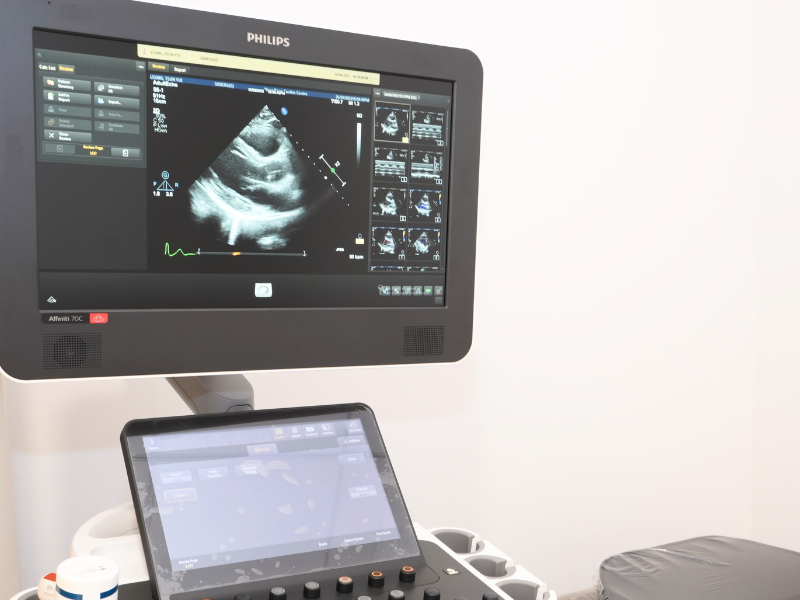
Echocardiogram
Echocardiogram, also known as echocardiography, is an advanced non-invasive method for evaluating the heart. It is convenient and safe. By using high-frequency sound waves from multiple angles and directions, cardiac ultrasound provides real-time images for assessing cardiac function. Cardiac ultrasound examination is highly beneficial for doctors to observe and assess the immediate condition of the heart, allowing them to determine if the patient’s cardiac structure and function are normal.
Echocardiogram examination utilizes ultrasound to obtain real-time imaging for the assessment of various aspects, including heart size, cardiac contractile function, and movement or abnormalities of heart valves. It is also used for preoperative and postoperative cardiac evaluation. However, it is important to note that cardiac ultrasound has its limitations and may not be suitable for individuals who are overweight or have conditions such as pulmonary emphysema.
心臟超聲波掃描影像
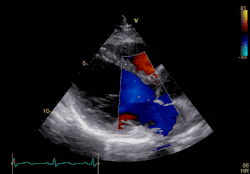
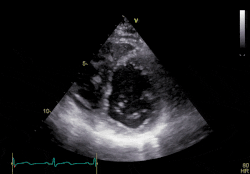
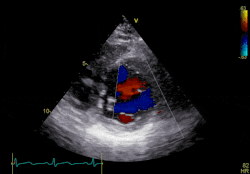
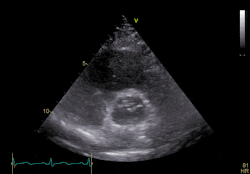
- Echocardiogram can assess the size and condition of the ventricles and atria. If an enlargement of the heart is observed, it may indicate conditions such as valvular regurgitation, high blood pressure, or heart failure.
- Changes in ventricular wall thickness can also be assessed through cardiac ultrasound. If there is an increase in ventricular wall thickness, it may indicate conditions such as hypertension, heart valve disease, or genetic heart conditions in the patient.
- Echocardiogram can also assess the extent of myocardial contraction, or the ability of the heart muscle to contract. In the case of an acute myocardial infarction (heart attack), the heart muscle may become necrotic due to ischemia, which can have a negative impact on its contractile function.
- Echocardiogram is also used to assess the structural condition of the heart. It can help evaluate the presence of congenital heart defects, such as septal defects. For these types of congenital heart diseases, there is a possibility of detection even before the fetus is born, allowing for early diagnosis and intervention.
- Whether there is a blood clot or tumor in the heart.
- Heart discomfort
- Heart murmur
- The ECG shows abnormalities
- Asthma and/or swollen feet
- From time to time, you may experience heart pain, palpitations, chest tightness, shortness of breath, etc.
- Elders
- The upper body clothing should be loose-fitting, so as to facilitate the Echocardiogram examination.
- There is no need to fast before having a Echocardiogram examination.
- Before undergoing a Echocardiogram examination, you must completely remove all items and accessories on your body to avoid obstructing the examination.
- During the Echocardiogram, the nurse will dim the lights in the room to make it easier for the doctor to see the ultrasound image on the screen clearly.
- If you feel uncomfortable during the Echocardiogram, do not hold back and must inform the doctors and medical staff present.

